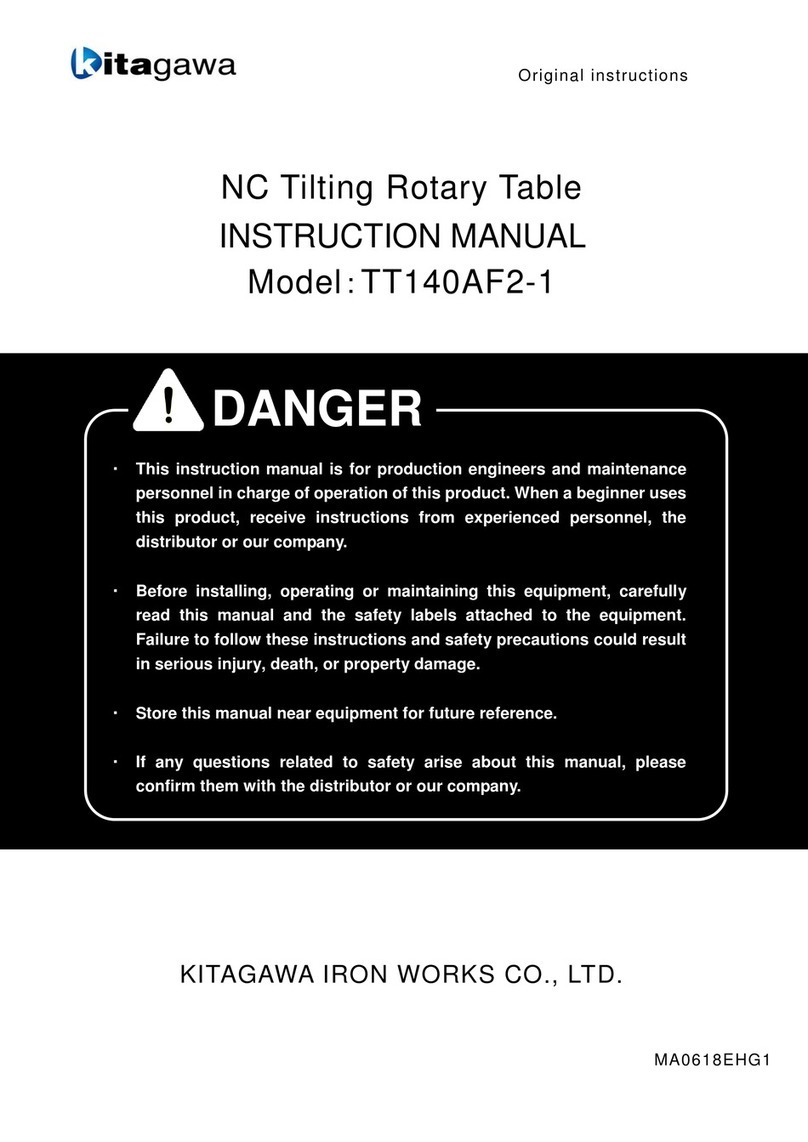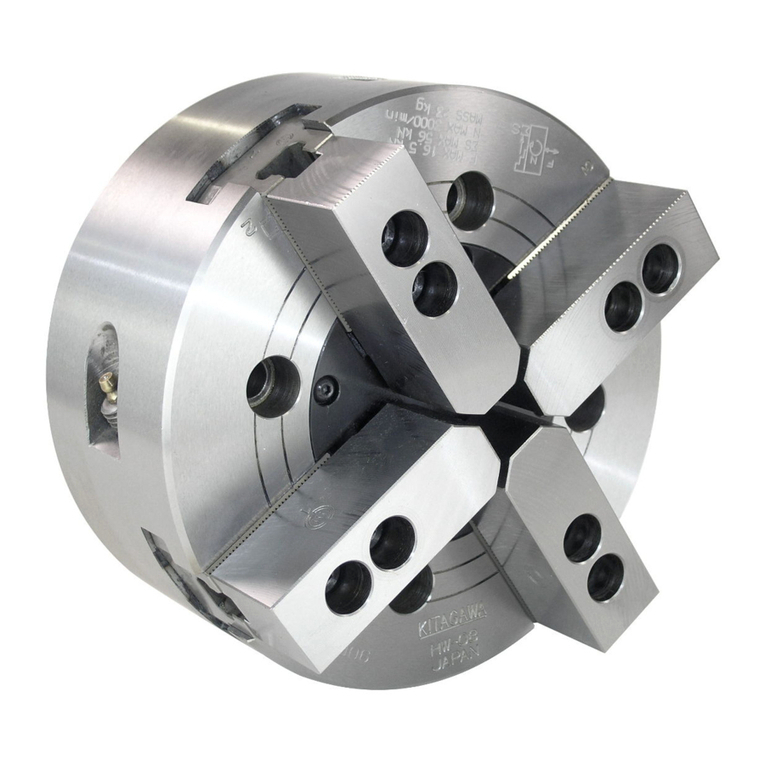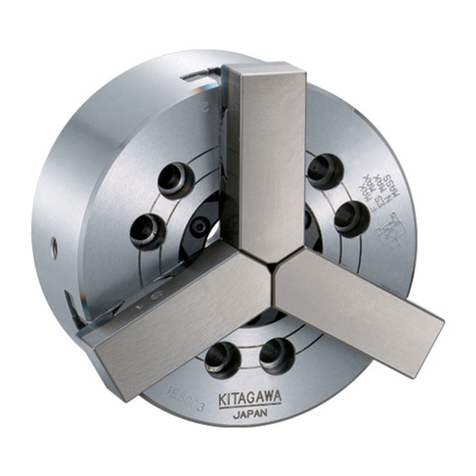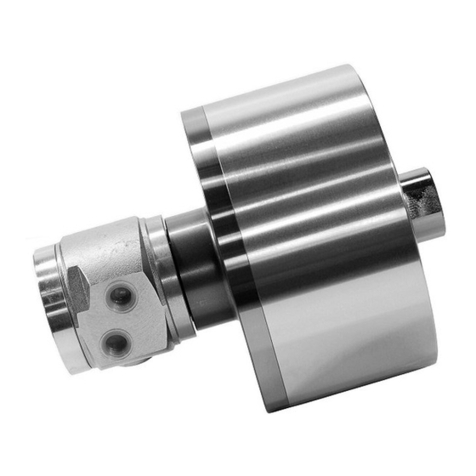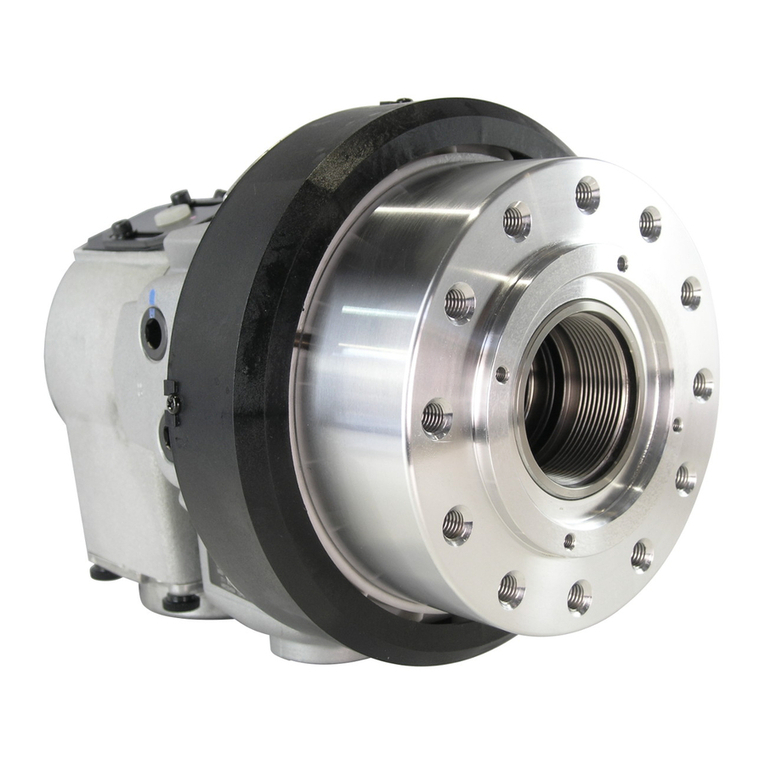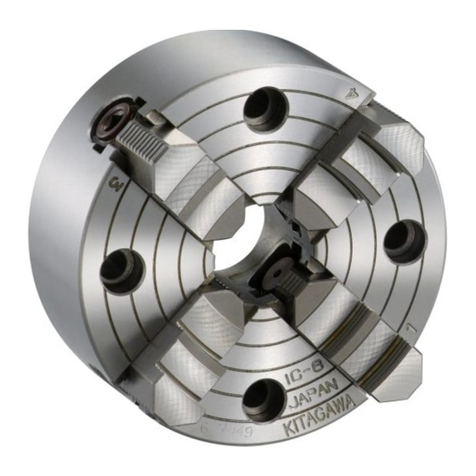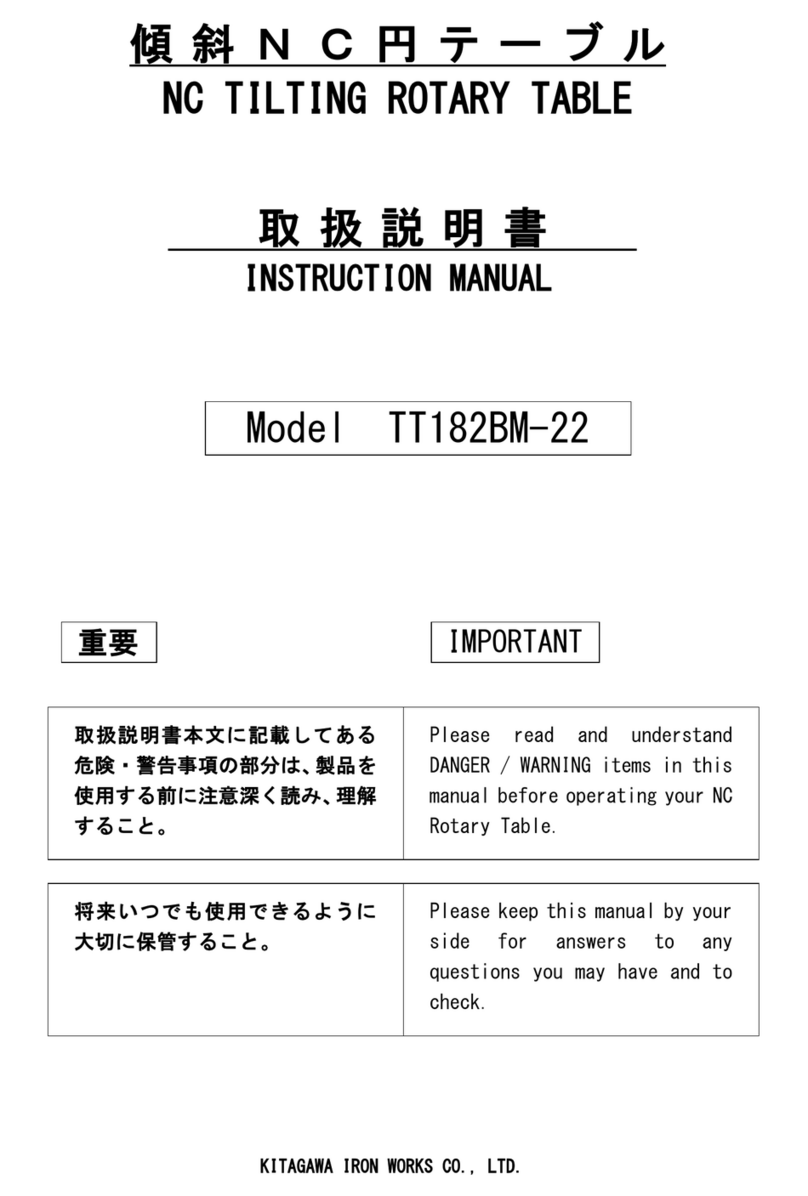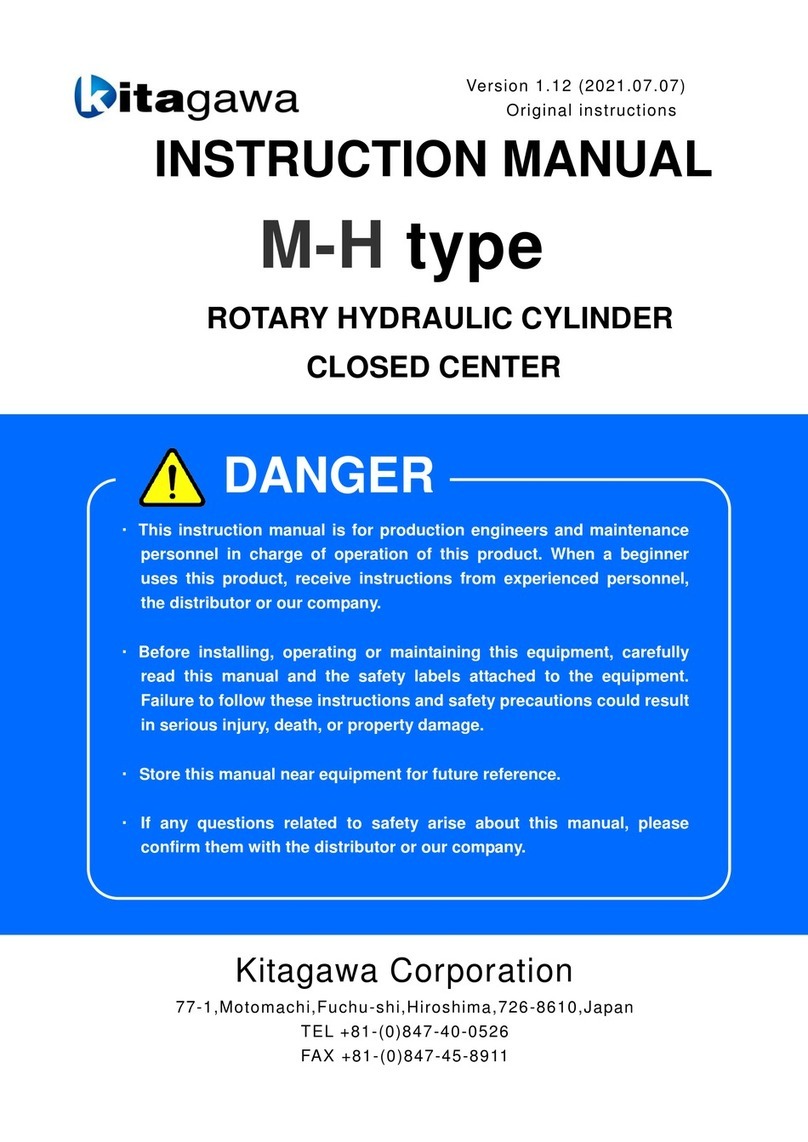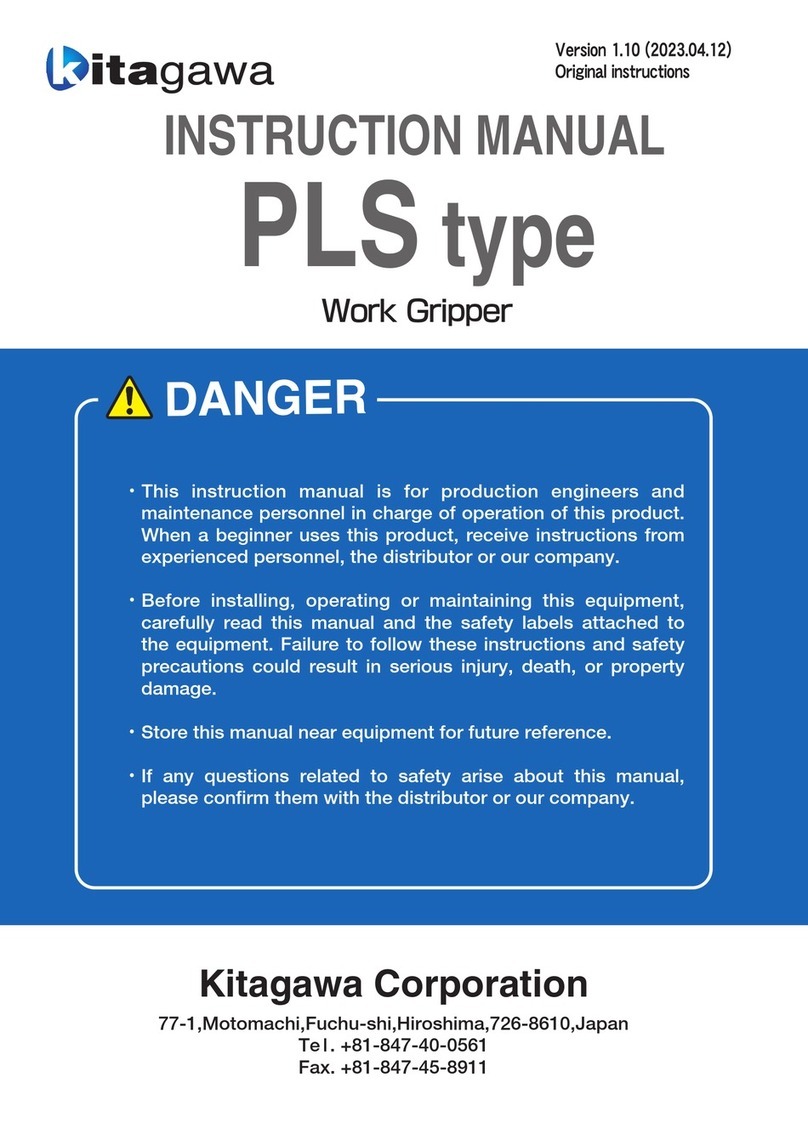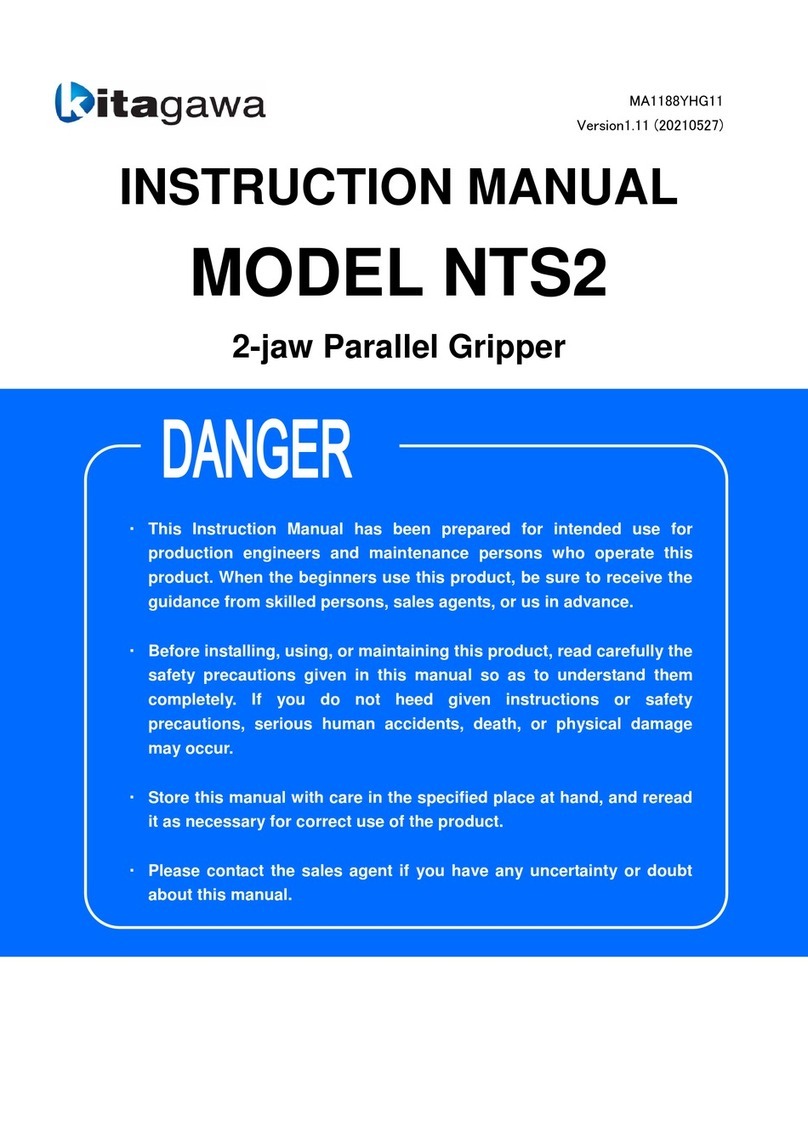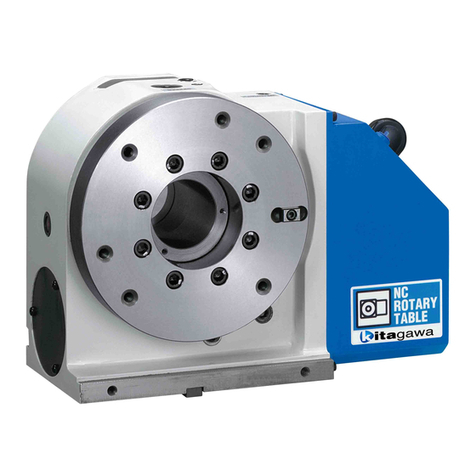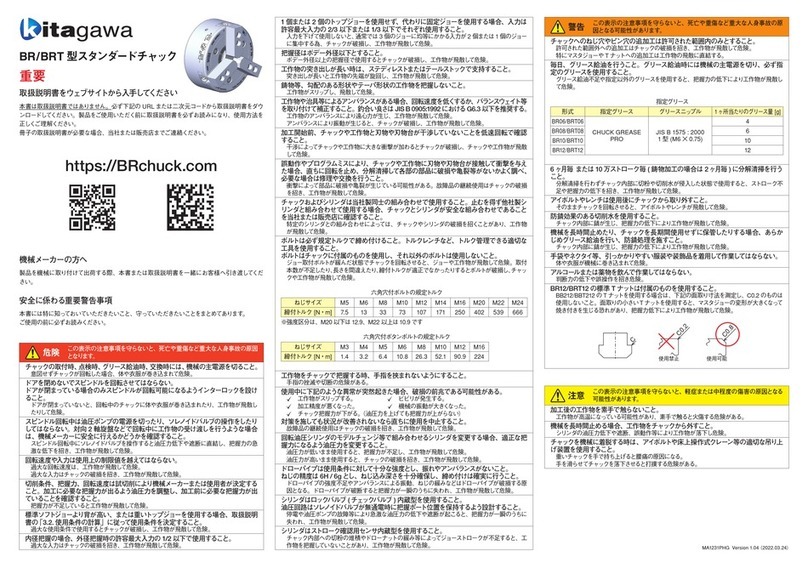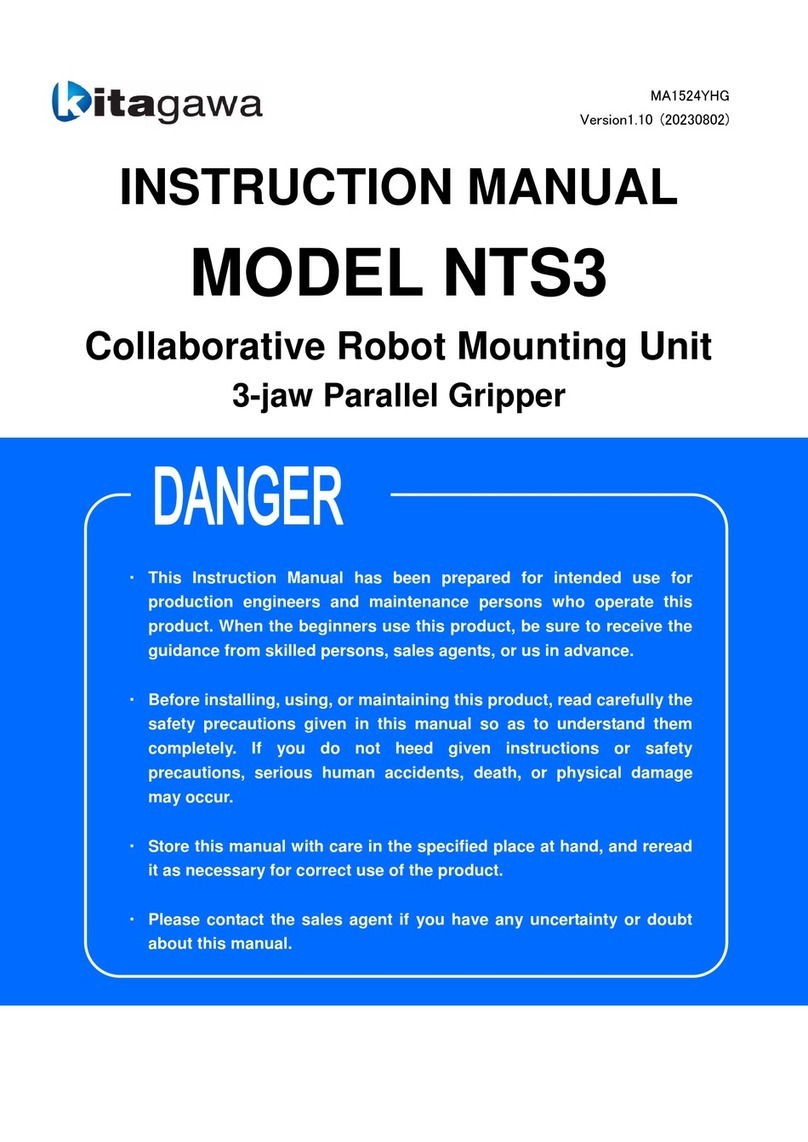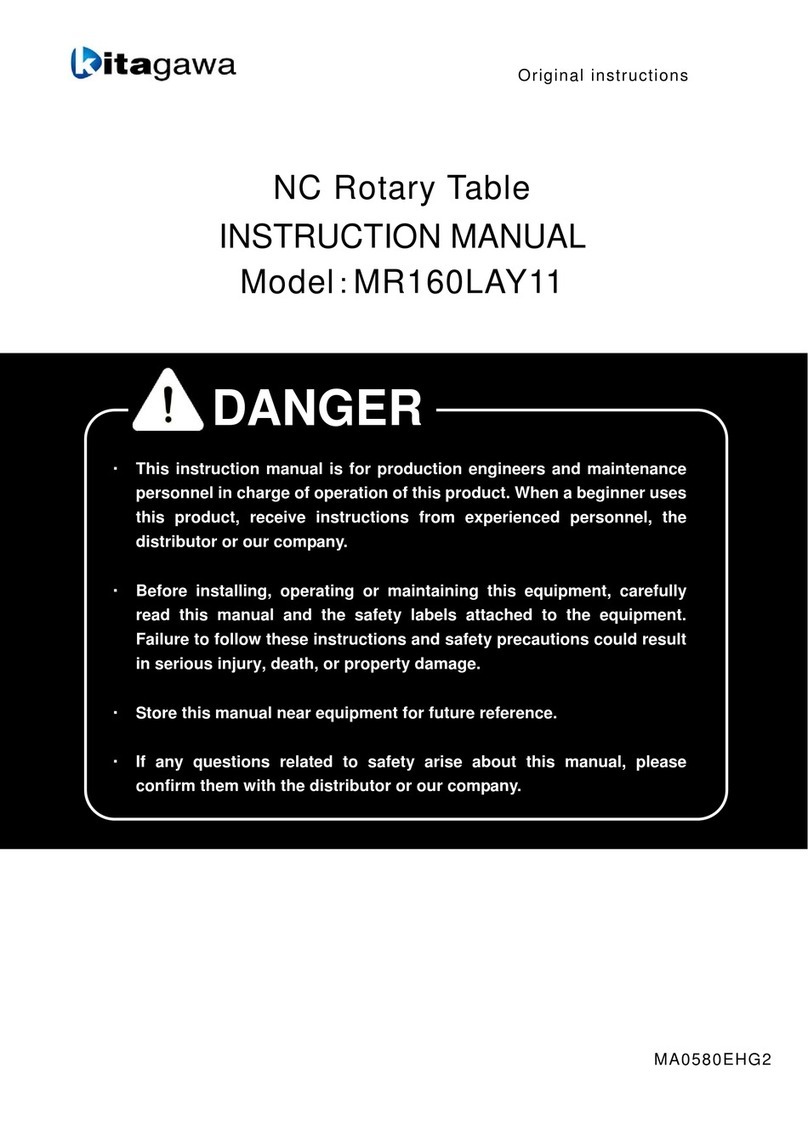
目次
1 ご使用に当たって、安全の為に ····································· 1
2 外観図 ············································································· 7
3 仕様 ··············································································· 8
4 精度規格 ········································································· 9
5 運転準備 ······································································· 10
5-1 運搬と工作機械への取付け
5-2 給油
5-3 潤滑油必要油量
5-4 作動油必要油量
(傾斜軸空油圧仕様時、エアハイドロブースタ用、エア抜き含む
)
5-5 推奨潤滑油
5-6 推奨作動油
(傾斜軸空油圧仕様時、エアハイドロブースタ用)
5-7 回転軸と傾斜軸のクランプ方式
5-8 エアパージについて
6 テーブルクランプの説明 ············································· 14
6-1 テーブルクランプの注意事項
6-2 クランプ・アンクランプ確認装置
6-3 クランプ・アンクランプ用ソレノイドバルブ
7 傾斜軸エア抜き ··························································· 15
7-1 傾斜軸エア抜き方法
7-2 保守点検
8 点検作業 ······································································· 17
9 工作物の取付け···························································· 17
10 ウォームギヤのバックラッシ調整 ······························· 18
10-1 回転軸ウォームギヤのバックラッシ量の測定
方法
10-2 傾斜軸ウォームギヤのバックラッシ量の測定
方法
10-3 回転軸ウォームギヤのバックラッシ量の調整
方法
10-4 傾斜軸ウォームギヤのバックラッシ量の調整
方法
11 平歯車のバックラッシ量の調整 ································ 22
11-1 回転軸駆動平歯車のバックラッシ調整方法
11-2 傾斜軸駆動平歯車のバックラッシ調整方法
12 原点復帰装置 ··························································· 24
12-1 回転軸原点復帰装置
12-2 傾斜軸原点復帰装置
13 傾斜軸オーバートラベル停止装置 ·························· 26
13-1 傾斜軸オーバートラベル停止装置
13-2 水平オーバートラベル用ドッグの調整方法
13-3 垂直オーバートラベル用ドッグの調整方法
Contents
1 Operation for Safety ························································1
2 Outside view·····································································7
3 Specifications····································································8
4 Accuracy Standard···························································9
5 Operation Ready ····························································10
5-1 Table transfer and mounting to machine tool
5-2 Oiling
5-3 Required lubrication oil volume
5-4 Required operation oil volume
(For air hydro booster at pneumatic/hydraulic spec.)
5-5 Recommended lubrication oil
5-6 Recommended operation oil
(For air hydro booster at pneumatic/hydraulic spec.)
5-7
Clamping method of rotating axis and tilting axis
5-8 Air purge
6 Table CLAMP·································································14
6-1 Precautions for table clamp
6-2 Checking device for CLAMP/UNCLAMP
6-3 Solenoid valve for CLAMP/UNCLAMP
7 Air Bleeder of Tilting axis·············································15
7-1 Air bleeding method on tilting axis side
7-2 Maintenance inspection
8 Inspection ·······································································17
9 Mounting of Workpiece ·················································17
10 Backlash Adjustment of Worm Gears·························18
10-1 Backlash measuring method of worm gear of
rotating axis
10-2 Backlash measuring method of worm gear of
tilting axis
10-3 Backlash adjusting method of rotating axis
worm gear
10-4 Backlash adjusting method of tilting axis
worm gear
11 Backlash Adjustment of Spur Gears ·························22
11-1
Backlash adjusting method of rotating axis drive spur gears
11-2
Backlash adjusting method of tilting axis drive spur gears
12 ZRN (Zero Return) Device ··········································24
12-1 Rotating axis ZRN device
12-2 Tilting axis ZRN device
13 Tilting Axis Over Travel Stop Device ·······················26
13-1 Tilting axis over travel stop device
13-2
Adjusting methods of dog for horizontal over-travel
13-3
Adjusting methods of dog for vertical over-travel

